Dragunov V-70, The Automatic SVD

The V-70 (В-70) variant of the SVD Dragunov sniper rifle was developed in the Soviet Union. Unlike the standard SVD, a semi-automatic designated marksman rifle, the V-70 was designed to provide automatic fire capabilities, setting it apart from its predecessor. However, the overall weapon concept was not revolutionary for the Soviet Union, as it involved using what now is commonly referred to as a battle rifle, marking a reemergence of this class of firearms for the Soviets AVT and AVS of the 1930s and 1940s. The V-70 may be better classified as an automatic rifle, like the U.S. .30-06 BAR automatic rifle.
In the late 1960s, the Soviets requested that design bureaus develop new small arms and ammunition concepts to increase fire efficiency and improve maneuverability. The work was carried out on the squad and platoon level weapons, the AKM and PK (resulting in the PKM). The other weapon system selected for further development was the SVD Sniper Rifle, though not to increase accuracy but to increase the rate of fire. An automatic version, the V-70, was intended to function as a battle rifle or automatic rifle, chambered for the 7.62x54mm cartridge. This design aimed to extend effective combat ranges beyond 300 meters, providing an advantage over the squad level 7.62x39mm cartridge and better competing with the 7.62x51mm cartridge used by the U.S. and NATO in their standard service rifles of the day.
The squad's automatic rifle is designed to enhance fire flexibility and target suppression capabilities greatly. Riflemen equipped with automatic rifles can engage long-range targets more effectively, utilizing both semiautomatic and automatic fire to adapt to various engagement scenarios.
Experimental 15 and 20-round magazines were developed for the rifle to facilitate automatic fire. The V-70 has a rate of fire between 700 to 800 rounds per minute. Compared to the SVD, the V-70 Dragunov automatic rifle was slightly heavier, weighing 10.14 lbs. (4.6 kg). It featured a heavier and shorter barrel designed to better manage short bursts of fire from the 7.62x54mm cartridge and absorb heat from short bursts of automatic fire. This shorter, heavier barrel profile also provided a more stable bipod mounting solution than the original pencil-profile barrel of the SVD.
This system aimed to test the limits of SVD design, allowing Yevgeny Dragunov to explore the performance potential of a shorter, heavier profile barrel. The original 1963 SVD was strictly limited in weight, which resulted in its lightweight pencil-profile barrel. A heavier profile barrel was later seen in the modernized SVDM rifle to enhance rigidity and harmonics, improving accuracy.
Testing revealed burst accuracy and reliability issues, leading to unsatisfactory performance and loss of interest in the project. The V-70, a relatively light rifle designed for a full-power rifle cartridge, could not provide the required accuracy during continuous fire, resulting in a heavy recoil impulse, reducing its controllability and overall accuracy.
A further experimental version of the rifle was developed chambered in the experimental 7.6mm cartridge. This development prompted modifications to the SVD rifle and the V-70 full-auto variant. The designated marksman rifle later evolved into the SVK 6x49mm prototypes, which utilize a far superior cartridge that outperforms the 7.62x54mm muzzle velocity and range. At a distance of 1,000 meters, the SVK provides nearly a fourfold accuracy improvement over the SVD. I will cover this in more detail in another article.
The V-70 concept holds the potential to enhance a squad's capabilities significantly. It is reminiscent of the US Army's M110A1 Squad Designated Marksman Rifle, albeit without the full-auto capability. This rifle was designed for a specific role and remains relevant today as nations explore and adopt new calibers. The revival of this concept, particularly if adapted to the 6x49mm cartridge, could provide valuable operational advantages.
An illustrative case is the 7.62x54mm SVCh Chukavin Sniper Rifle, which has recently been integrated into service and is expected to gradually replace the SVD rifle. While Russian standard small arms may not yet match the ballistic performance or cutting-edge optics of the NGSW XM7 caliber, there are opportunities to leverage existing tactical advantages or develop a rifle and cartridge to counter it. This context may pave the way for the SVCh to be rechambered to 6x49mm or a similar caliber, offering a counterpart to the 6.8x51mm rather than the proposed 6.02x41mm. We may foresee the emergence of a concept similar to the V-70 to meet the evolving requirements of the Russian Ministry of Defense.

Lynndon Schooler is an open-source weapons intelligence professional with a background as an infantryman in the US Army. His experience includes working as a gunsmith and production manager in firearm manufacturing, as well as serving as an armorer, consultant, and instructor in nonstandard weapons. His articles have been published in Small Arms Review and the Small Arms Defence Journal. https://www.instagram.com/lynndons
More by Lynndon Schooler











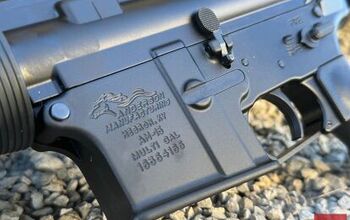





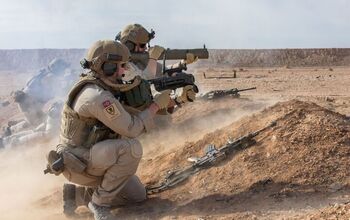



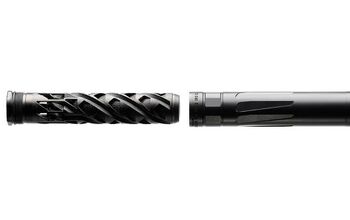
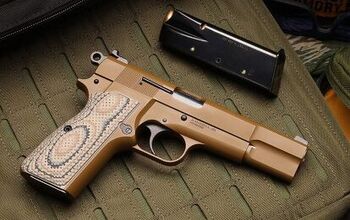


![[SHOT 2025] SIG’s ROMEO8T-AMR and JULIET3T Dynamic Reticle System](https://cdn-fastly.thefirearmblog.com/media/2025/01/27/12071/shot-2025-sig-sig-romeo8t-amr-and-juliet3t-dynamic-reticle-system.jpg?size=350x220)
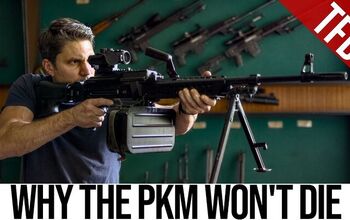
Comments
Join the conversation
"The V-70 may be better classified as an automatic rifle, like the U.S. .30-06 BAR automatic rifle." No, the BAR was designed as a machine gun. An area suppression weapon. The V-70 more closely aligns with the M-14 which was capable of both semi and full auto fire and had a sniper designation as well (M-21 and later M-25)